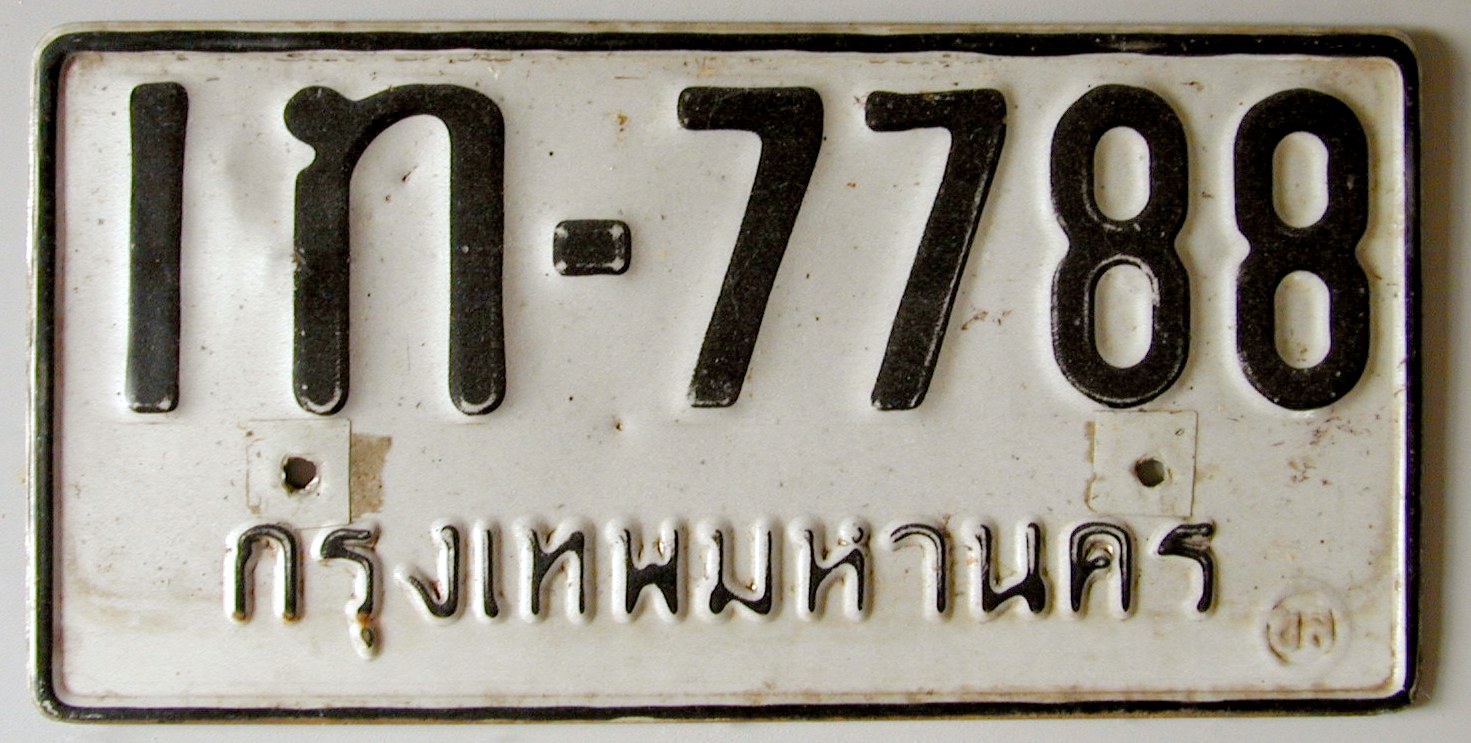 Introduction
Introduction
Medicine addiction is a complex and pervasive issue that impacts individuals, households, and communities global. Its described as the compulsive use of drugs despite their harmful consequences. Medication addiction is an international issue that transcends social, social, and financial boundaries, affecting individuals of all ages, races, and experiences. This report is designed to supply a brief history of medication addiction, highlighting its reasons, impacts, and possible solutions.
Factors behind Drug Addiction
Numerous aspects play a role in the development of drug addiction, including genetic, environmental, and behavioral elements. Genetics be the cause in identifying a person’s susceptibility to addiction. Analysis suggests that particular genetic facets could make certain people prone to becoming hooked on drugs. Ecological elements, including exposure to drug abuse within the household or community, additionally play a substantial role. Also, emotional and social factors, including anxiety, mental health dilemmas, and peer stress, can play a role in addiction.
Aftereffects of Drug Addiction
Medicine addiction has severe repercussions on people and society in general. At someone level, medication addiction can notably impair your actual and psychological state. Drug abuse can result in persistent conditions, including liver and lung damage, heart disease, and a heightened threat of infectious conditions like HIV/AIDS. Moreover, drug addiction usually leads to mental disorders such as for example despair, anxiety, and psychosis. Additionally, addiction can strain personal interactions, cause monetary uncertainty, and increase the likelihood of criminal involvement.
On a broader scale, drug addiction places a substantial burden on culture. It impacts healthcare methods, as addiction-related medical options and thailand rehab Centre programs in many cases are pricey. Moreover, drug addiction contributes to increased criminal activity prices, as people risk turning to illegal tasks to sustain their addiction. Furthermore, drug-related accidents and weakened output hinder economic growth and development.
Possible Solutions
Dealing with medicine addiction needs an extensive and multi-faceted approach. Prevention attempts should concentrate on knowledge and increasing understanding about the potential risks of drug use. Efficient strategies consist of school-based avoidance programs, neighborhood awareness promotions, and targeted treatments for susceptible populations.
Furthermore, therapy and rehabilitation options must be made available and inexpensive to all or any those fighting medication addiction. This calls for establishing rehabilitation facilities, providing guidance and therapy, and guaranteeing the availability of medication-assisted therapy methods including methadone or buprenorphine. Support systems and aftercare programs are also essential in guaranteeing long-term data recovery.
Moreover, there is certainly a necessity for stricter legislation and control in the pharmaceutical business to avoid the abuse of prescription drugs. Guaranteeing the option of alternative problem administration strategies can reduce the reliance on opioids, decreasing the chance of addiction.
Conclusion
Medicine addiction is a complex problem with profound effects for folks and culture. Its causes tend to be multi-faceted and require several approaches to prevention and treatment. By raising awareness, improving training, increasing usage of treatment, and applying stricter laws, community can take considerable tips toward reducing the prevalence and influence of medicine addiction. Combating medication addiction necessitates collective efforts from governments, health specialists, communities, and individuals to mitigate its effects and provide help to those impacted.
